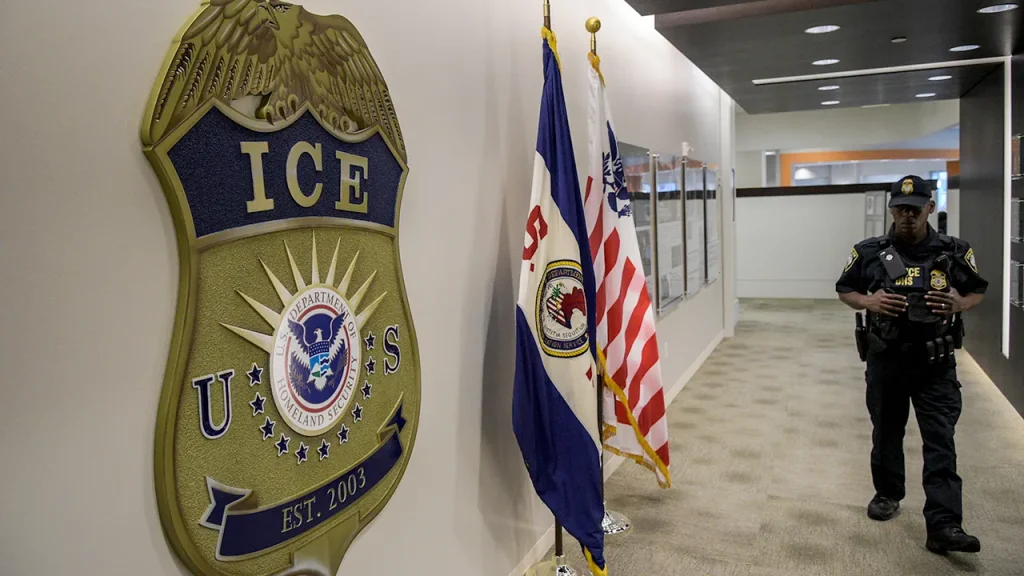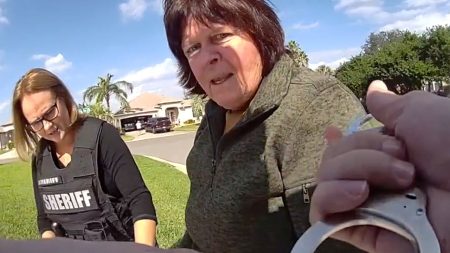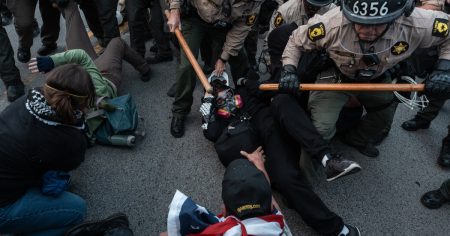Federal Agents Arrest Over 1,000 Illegal Immigrants in Illinois During Operation Midway Blitz
In a significant move to address sanctuary policies in Illinois, the Department of Homeland Security (DHS) recently announced the arrest of more than 1,000 illegal immigrants as part of Operation Midway Blitz. This comprehensive initiative, which began on September 8, was led by Immigration and Customs Enforcement (ICE) and U.S. Border Patrol. The operation was named in honor of Katie Abraham, who tragically lost her life in Illinois in an accident involving an alleged drunk driver later identified as illegal immigrant Julio Cucul-Bol. According to DHS Assistant Secretary Tricia McLaughlin, the operation specifically targeted “the worst of the worst” to make Illinois “safe again,” focusing on individuals with serious criminal backgrounds who had found refuge under the state’s sanctuary policies.
Among those arrested were individuals with disturbing criminal histories that raised significant public safety concerns. For example, Rafael Alberto Tolentino Martinez, an illegal immigrant from Mexico, had been convicted of aggravated domestic battery against a 3-year-old child. Another arrestee, Pedro Avendano Andres, also from Mexico, had prior arrests for domestic battery, aggravated battery, and child endangerment. The operation also led to the apprehension of Aziz Kamal, described as a “deportable” lawful permanent resident with previous charges including second-degree rape, indecent liberties, and assault, along with a sex offender registration violation. These cases highlight the focus of the operation on individuals with violent and concerning criminal backgrounds.
Further arrests included Marco Geronimo Ocampo, an illegal immigrant from Mexico with a history of armed robbery, sexual assault, kidnapping, and domestic battery charges, as well as a conviction for criminal sexual abuse by force. Mohamed Fagel, an illegal immigrant from Mauritania, had previously been arrested for battery against a public official, robbery, and resisting law enforcement. The operation also targeted confirmed gang members, such as Erick Rios, an illegal immigrant and member of MS-13 with multiple prior arrests including DUI, mob action, and criminal damage to property. Another notable arrest was Ludwing Jeanpier Parra-Perez, an illegal immigrant identified as a member of Tren de Aragua, a violent Venezuelan gang that has recently drawn increased attention from federal authorities.
The operation represents a direct response to the challenges posed by sanctuary policies, which limit local law enforcement cooperation with federal immigration authorities. By focusing on individuals with serious criminal histories who might otherwise be shielded from deportation proceedings, Operation Midway Blitz aimed to address public safety concerns while also sending a message about federal immigration enforcement priorities. The DHS’s decision to name the operation after Katie Abraham further underscores the emotional and political dimensions of the debate over sanctuary policies, connecting immigration enforcement directly to public safety and victim advocacy.
However, the operation has not been without controversy. Earlier on the day of the announcement, federal agents arrested more than a dozen protesters outside an ICE processing facility in Broadview, a suburb of Chicago, indicating significant public opposition to the enforcement action. Additionally, DHS Secretary Kristi Noem reported that she and her staff were denied entry to a government building in Broadview when they attempted to use the restroom, suggesting tensions between federal authorities and local officials during the operation. These incidents highlight the deeply divisive nature of immigration enforcement actions, particularly in jurisdictions with sanctuary policies designed specifically to limit cooperation with such operations.
The scale and scope of Operation Midway Blitz reflect the current administration’s approach to immigration enforcement, prioritizing the removal of individuals with serious criminal histories while operating within the constraints of sanctuary jurisdictions. With more than 1,000 arrests, the operation represents one of the larger immigration enforcement actions in recent years and demonstrates the federal government’s willingness to deploy significant resources to target criminal aliens despite local opposition. As debates over immigration policy continue at both national and local levels, operations like Midway Blitz will likely remain flashpoints in the ongoing conversation about the proper balance between immigration enforcement, public safety, and community trust in law enforcement.












